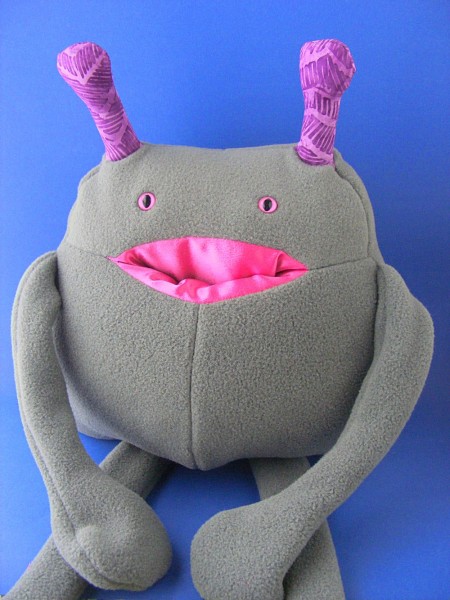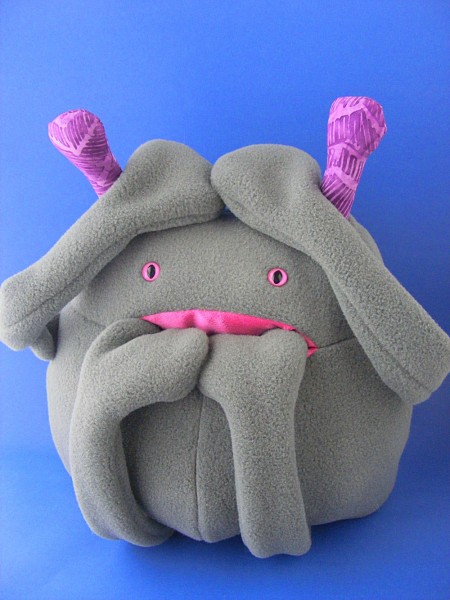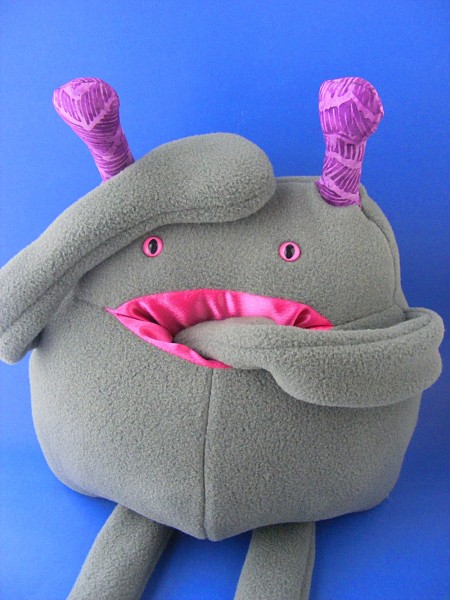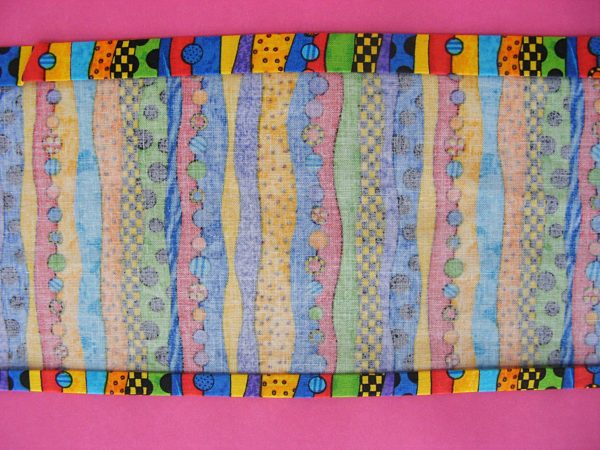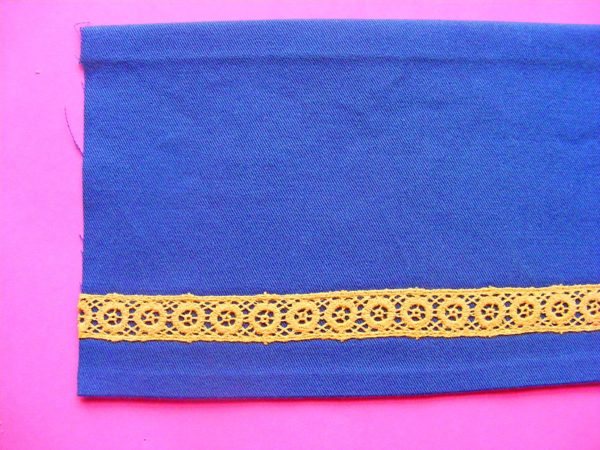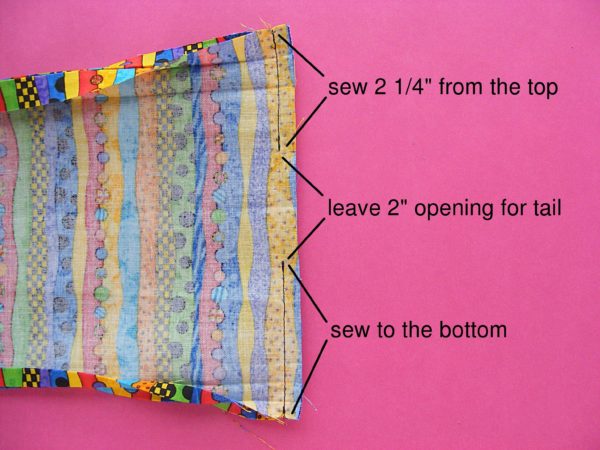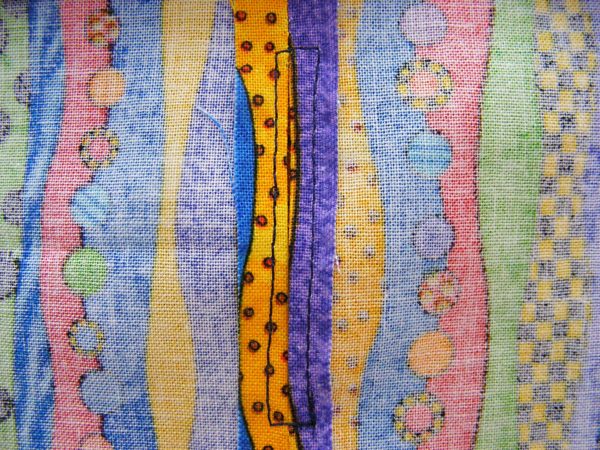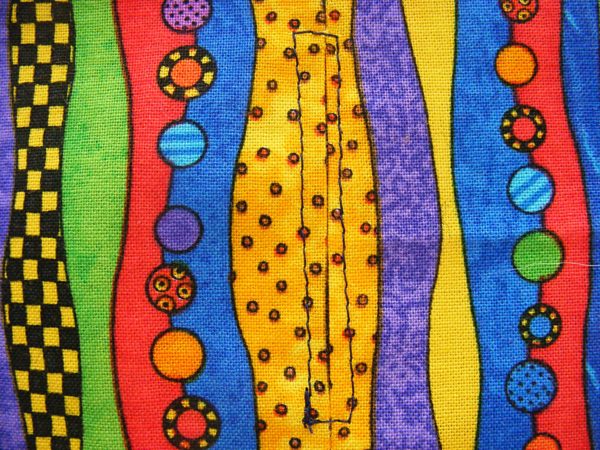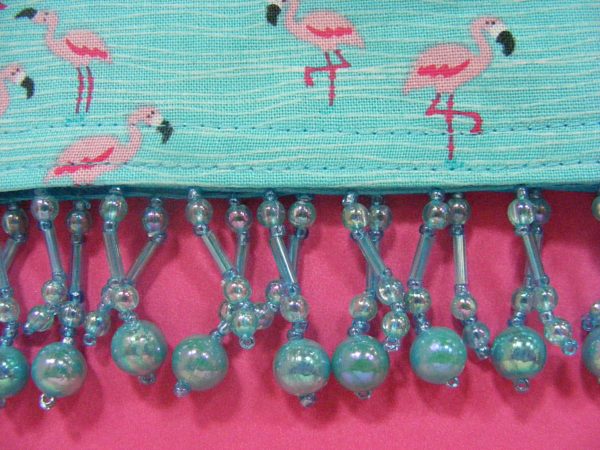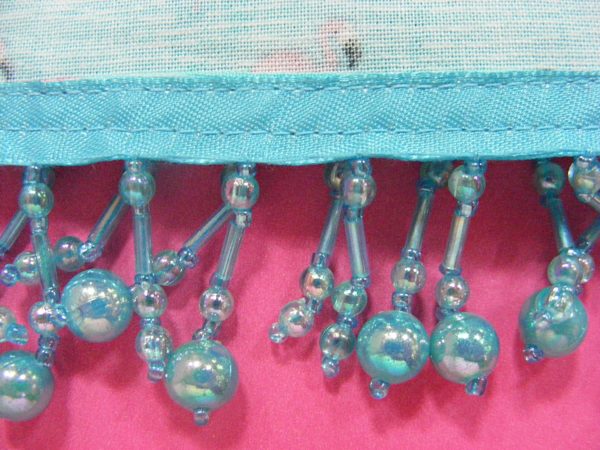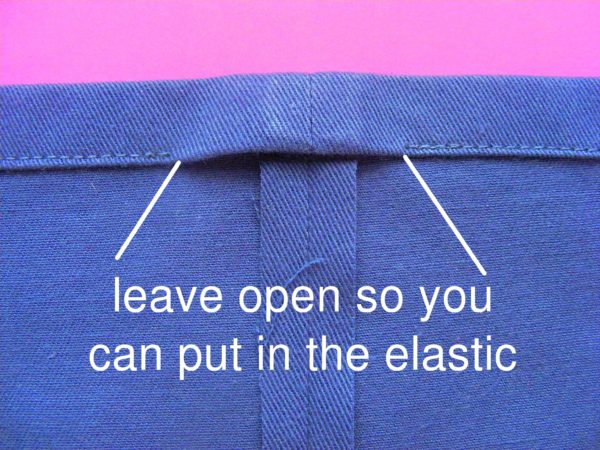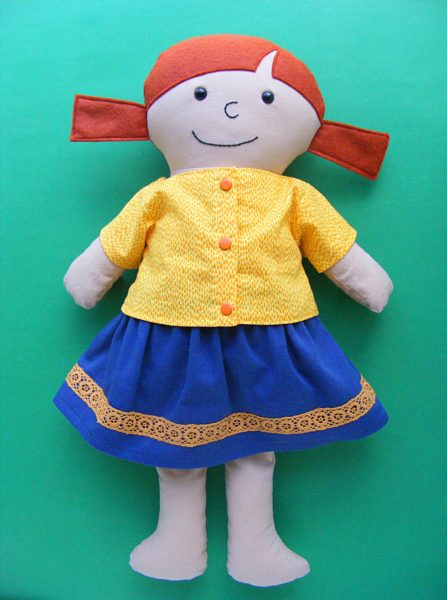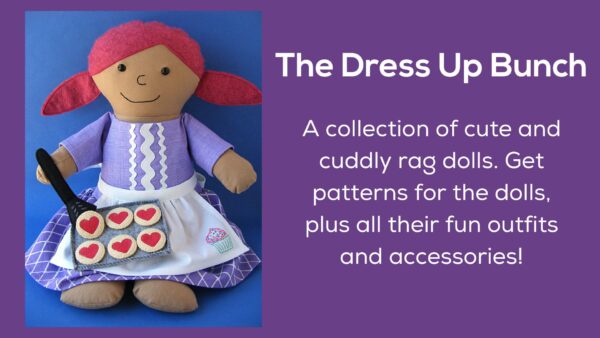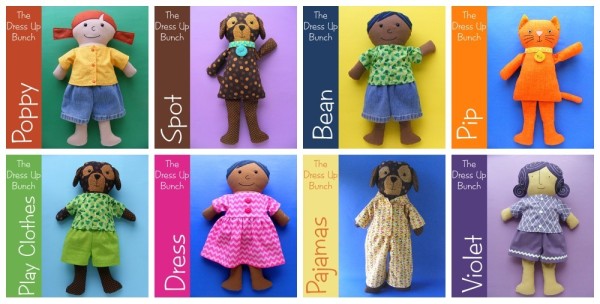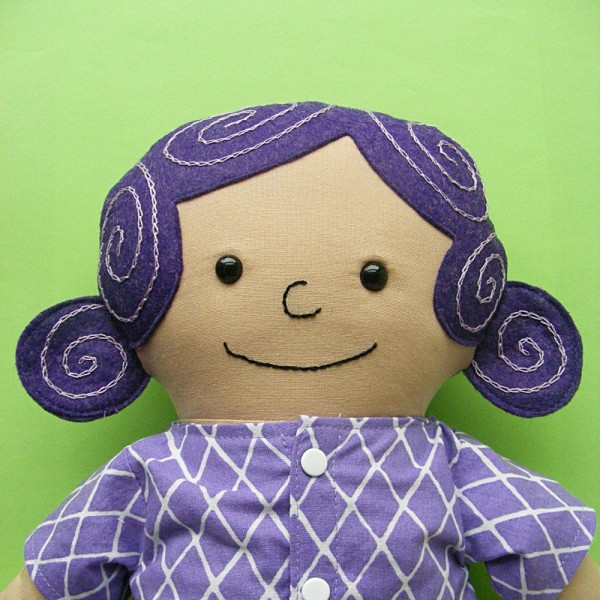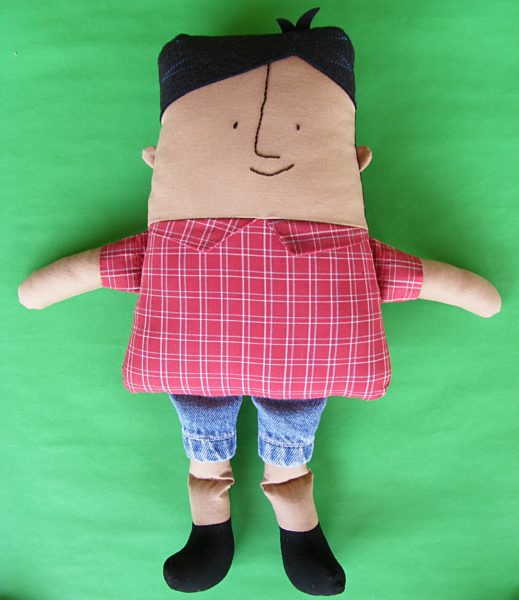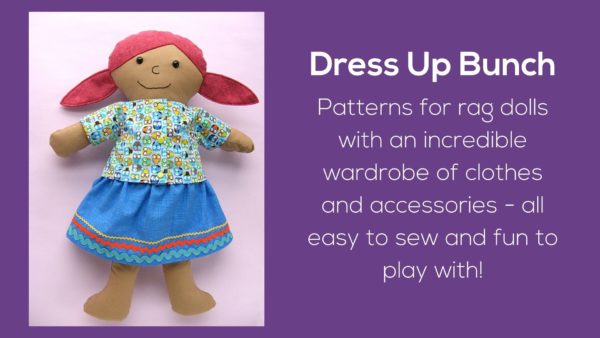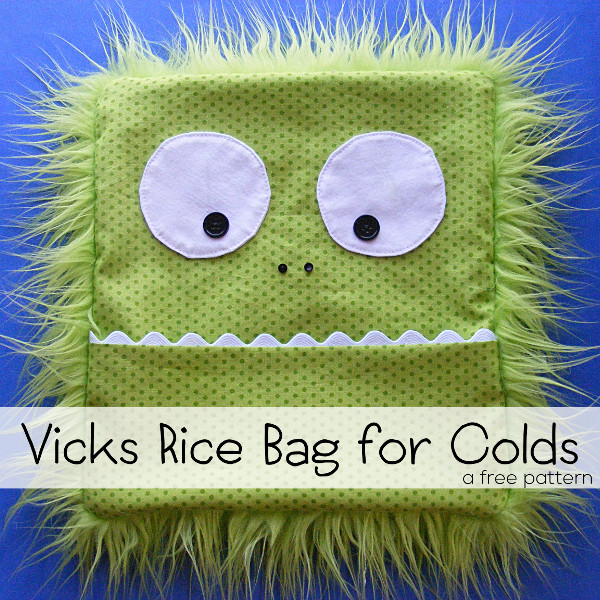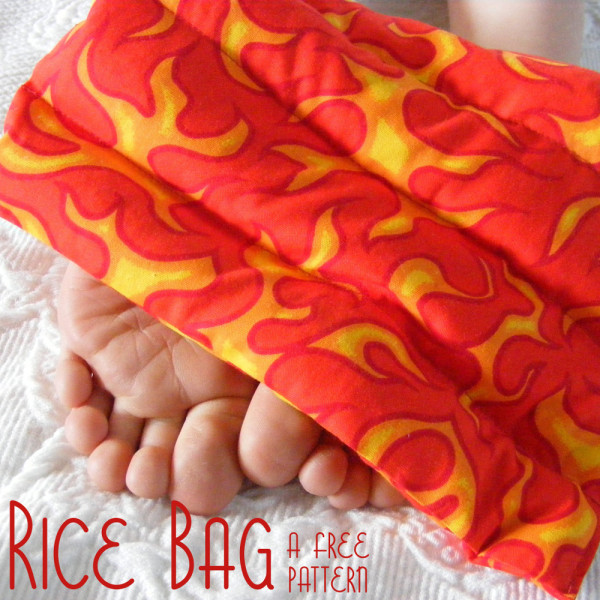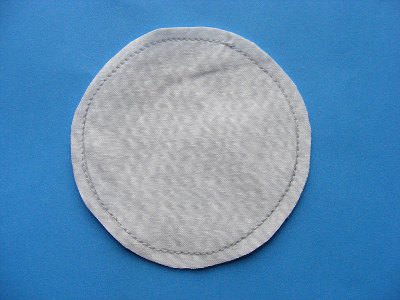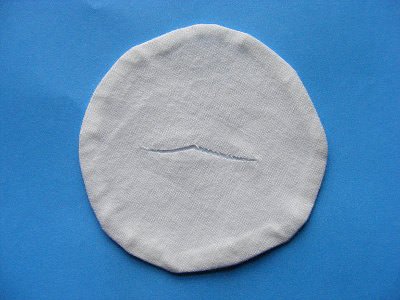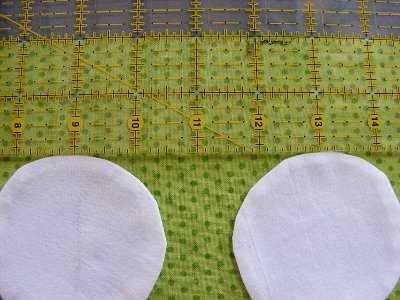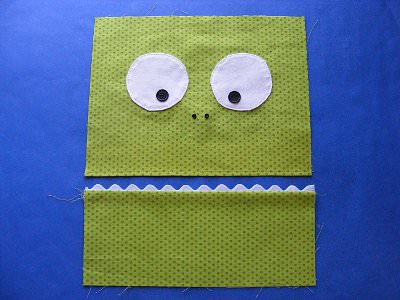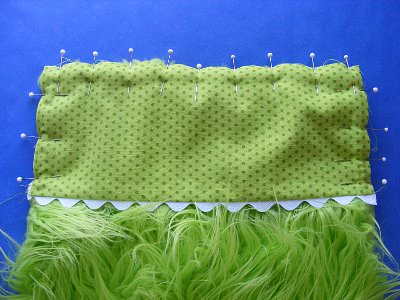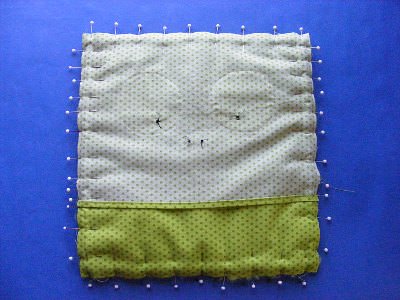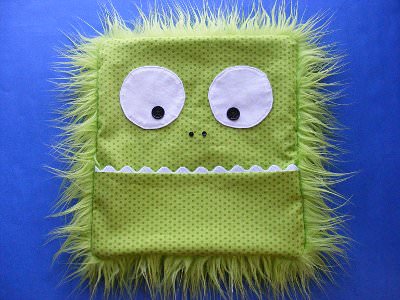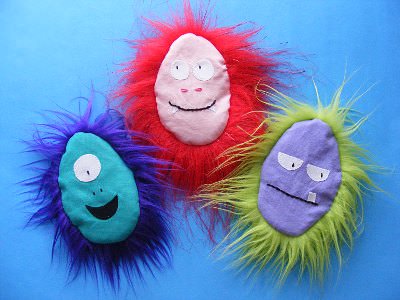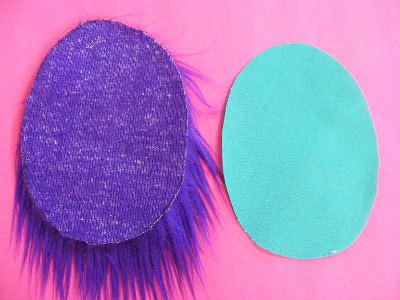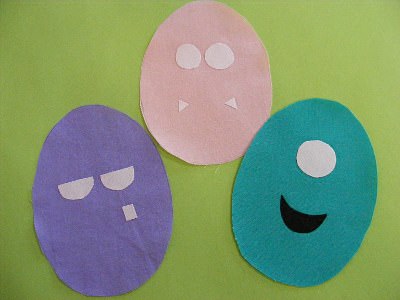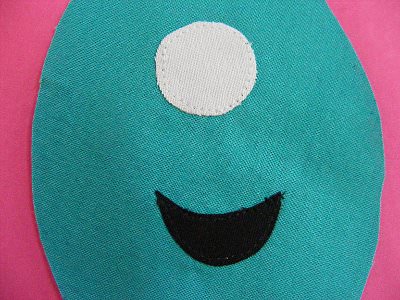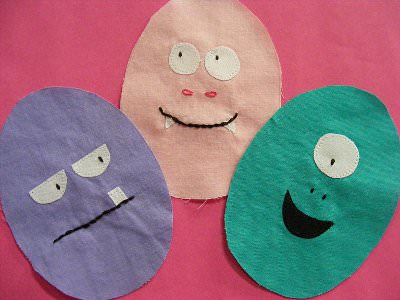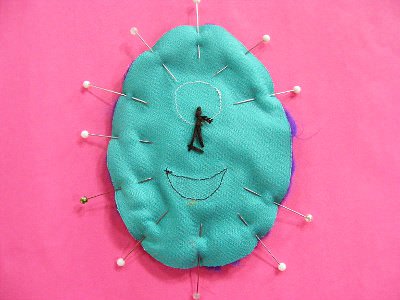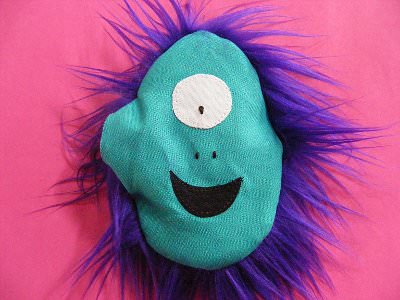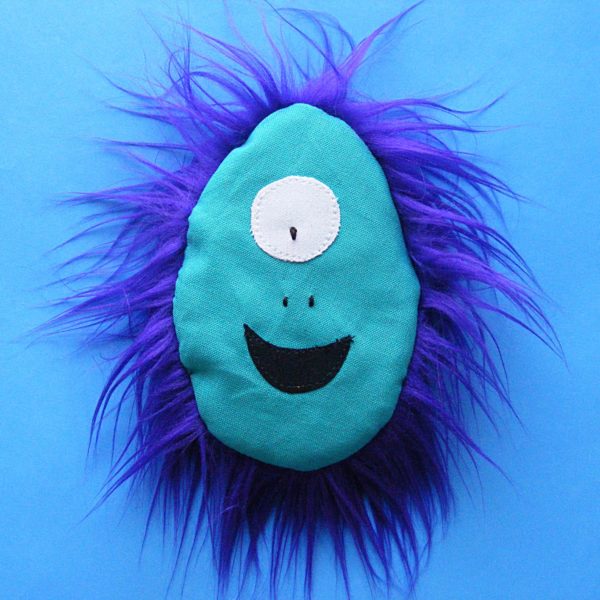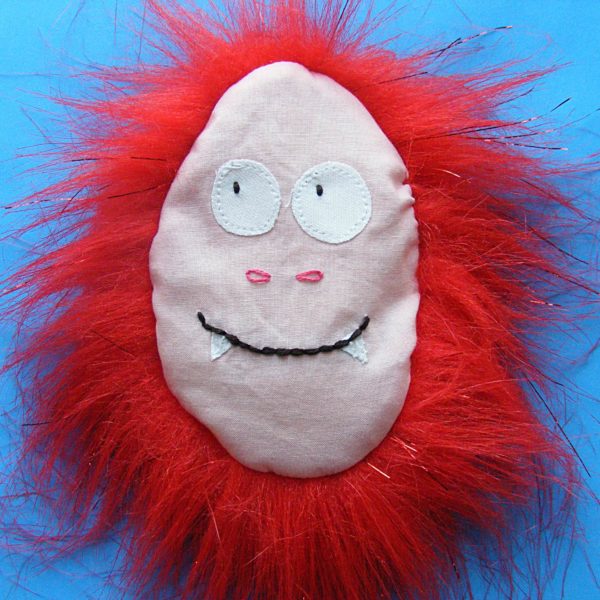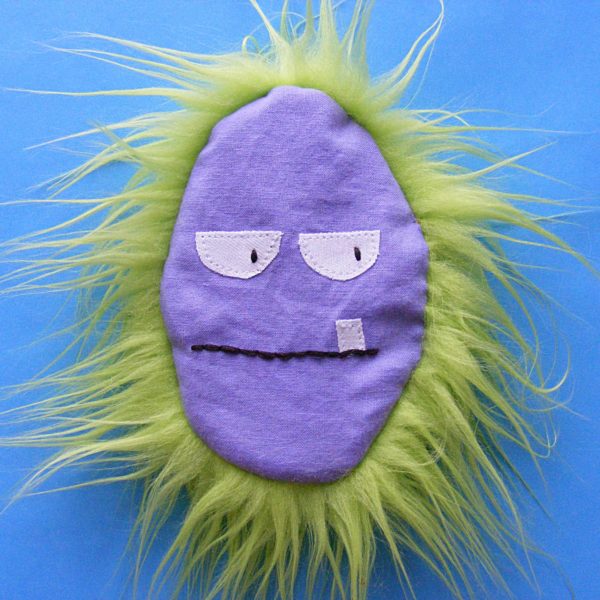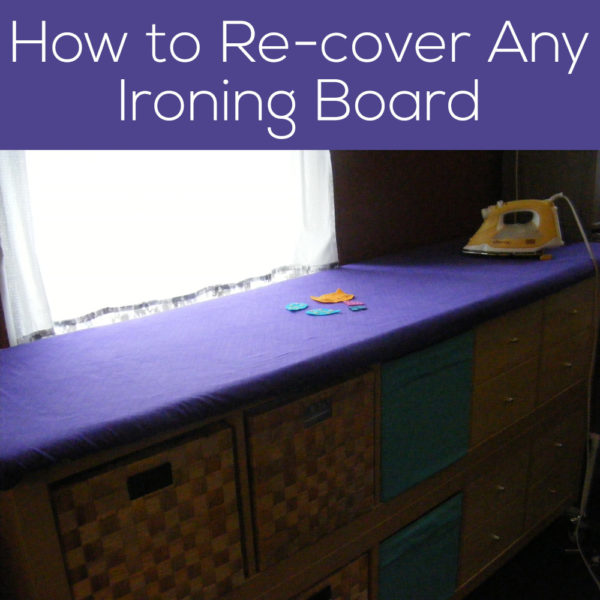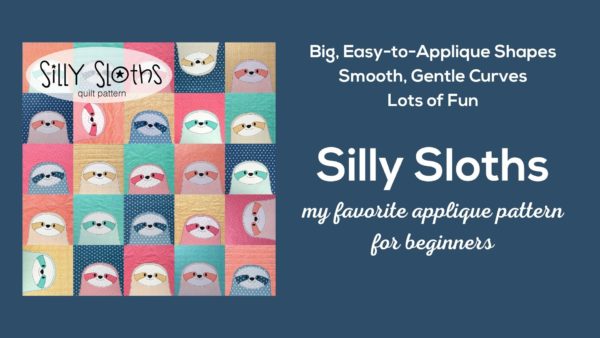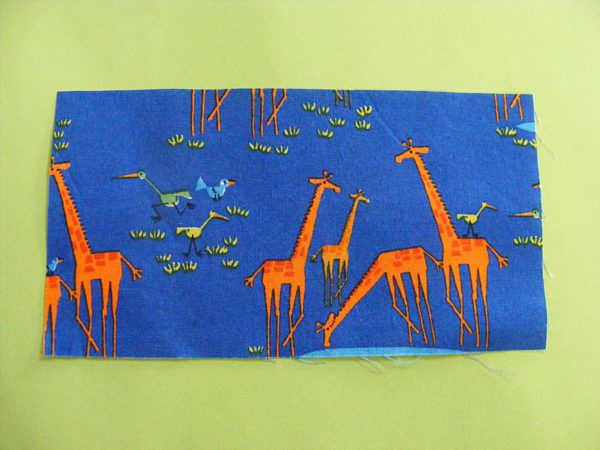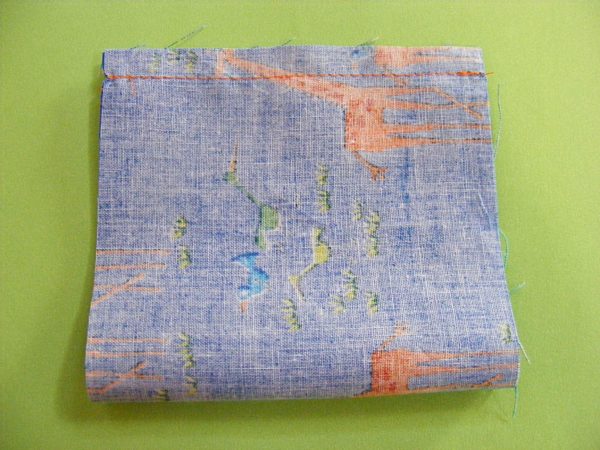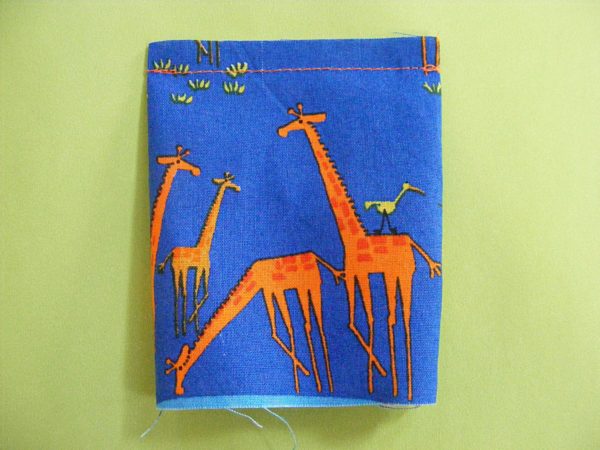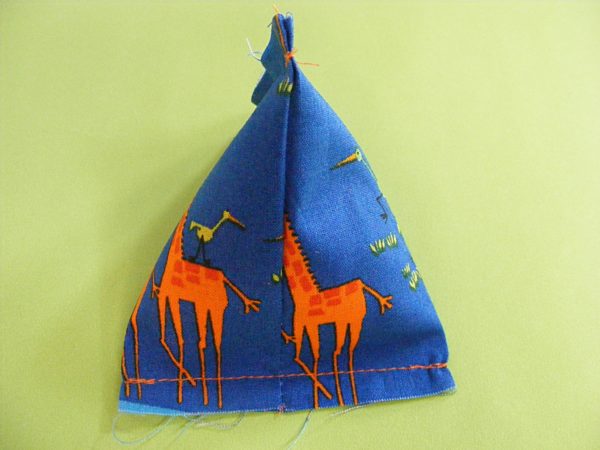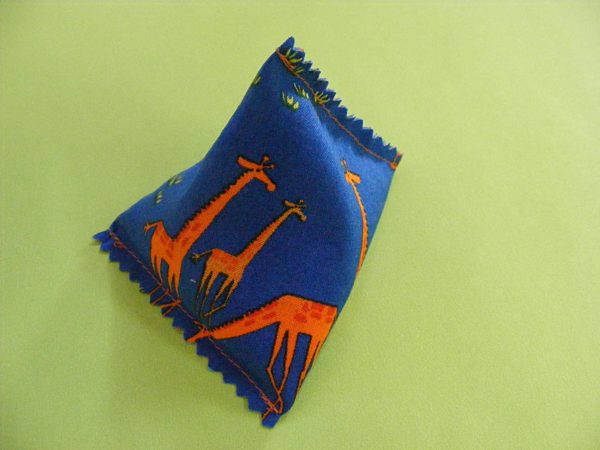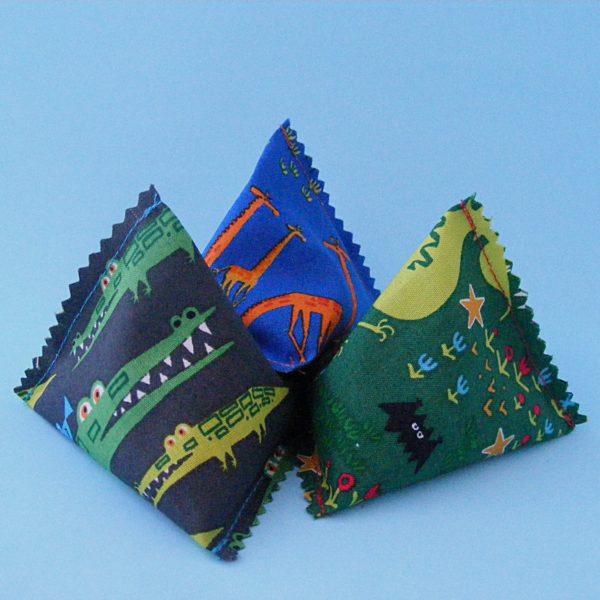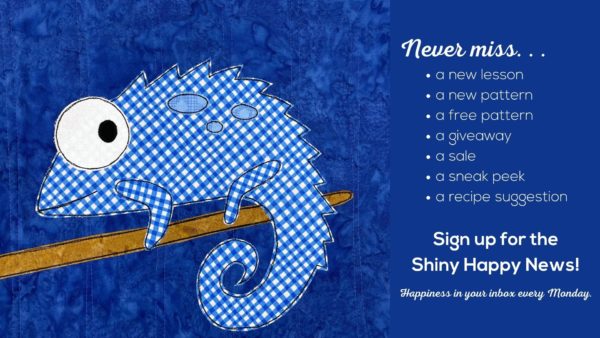As soon as I saw the name of this book I knew I had to have a closer look.
I LOVE softies that do something! And the toys in this book do the most clever things!
There’s a stacking tree that unstacks to make a forest of individual trees.
There’s a frog with an elastic tongue that can grab things.
There are cars with wheels that turn.
There are some trule amazing flip dolls. It’d be more accurate to call them reversible dolls – but that’s nitpicking. They’re incredibly fun and creative no matter what you call them! And she includes terrific instructions for a base doll to use to design your own. Score!
There’s a ukelele with elastic strings. Love! Speaking of ukeleles – here’s a link to my favorite ukelele video. Yes. I have a favorite ukelele video. Ukeleles are cool.
There’s a terrific crocodile with zipper teeth.
There are so many fun projects in here!
I asked my daughter which one she thought I should make for this review.
She flipped through the book – oohing and aahing a lot.
She tagged a ton of projects, including these incredibly cute turtles with removable shells.
So sweet!
She also really liked this horse with the button-on wings.
But I’ve been working on a removable wing thing of my own for a few weeks now and didn’t want to start looking at a whole other technique.
Plus, I’m not crazy about making standing stuffed animals like that. I know they’re great to play with – I just don’t enjoy making them and I’m ok with that.
Jo’s favorite toy in the whole book was Gulp the Whale.
So anxious-looking!
And so weirdly cute!
Now – I recently made a whale from a Zooguu pattern. And I have a whale pattern in my own book (Creature Camp, coming in November). I didn’t really feel like making another whale right now.
But that pocket! When I was a kid my favorite teddy bear had a hole in her neck. I used to hide things in there even though it wasn’t a pocket and they sometimes got lost in the stuffing. In fact – my diary key is still in there somewhere. 🙂
Ever since I started making softies I’ve wanted to make one with a proper pocket for hiding secret treasures. I included one in the proposal for my book but ended up cutting it for space reasons before I actually made it. This is a project I’ve sketched out and made in my head a hundred times, but never actually made in real life.
The time had finally come!
So I made a doll with a pocket mouth using the construction technique in the book, but my own pattern. Laura’s technique was very similar to what I had envisioned, and her instructions were very clear with just enough illustrations. And she had a nice tip for stuffing the softie before tucking the pocket inside which really helped keep things nice and full and smooth.
Want to see a sneak peek at my guy?
I’m not happy with the antennae and – now that I’ve played with him a bit and have a better idea of his personality – I have an idea that I like better.
Oh yes, I played with him. 🙂 A lot. I wanted to make his limbs long enough to really be playful. What I didn’t anticipate was how expressive he would be!
This little photo shoot was so much fun!
The first thing Jo did was stuff one of his hands down into his belly. 🙂 Updated to add: You can find the pattern for Munch here!
I rarely make actual projects from the many (MANY) craft books I buy. They’re a source of inspiration and a way to learn new techniques – and Flip Dolls & Other Toys is all kinds of inspiring.
Maybe your kid isn’t into cars, but he LOVES windmills. Use the technique for spinning wheels from the book to make a windmill with spinning vanes!
Maybe your kid doesn’t care for robots (is that even possible?????) but loves those I Spy books. Use the very cool technique for the nuts & bolts robot to make pocket search games for the car. Or a little aquarium with fish that swim in and out of view!
That’s the thing about this book. The ideas are so clever and so fresh – the possibilities for spinning off the ideas are endless! For me that’s a great book – one that doesn’t just give me instructions for a handful of projects, but one that fires my imagination and gives me instructions for techniques I can use a lot of different ways.
For those who DO want to make the projects just as they see them in the book – here’s a little tip. The patterns all need to be enlarged. As someone who lives in a remote area a long way from a copy shop this is a real pet peeve. BUT! Lark now has full-sized templates on their website that you can easily download and print. Yay! Just save this link because I couldn’t find this nice feature or the link mentioned anywhere in the book itself.
So. Are you ready for some really clever softie designs unlike any I’ve seen before? Get this book! Flip Dolls & Other Toys That Zip, Stack, Hide, Grab & Go by Laura Wilson of We Wilsons. And get ready to have some fun!
Happy sewing!
Best,
Wendi










